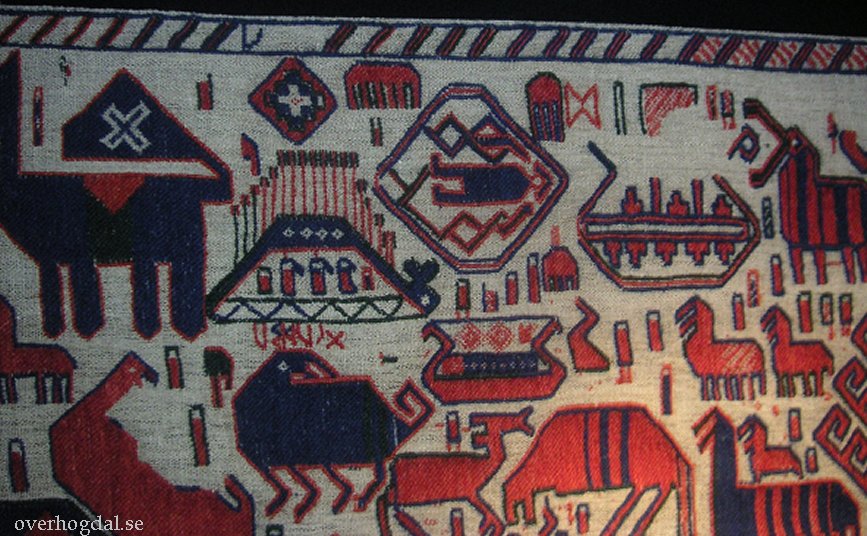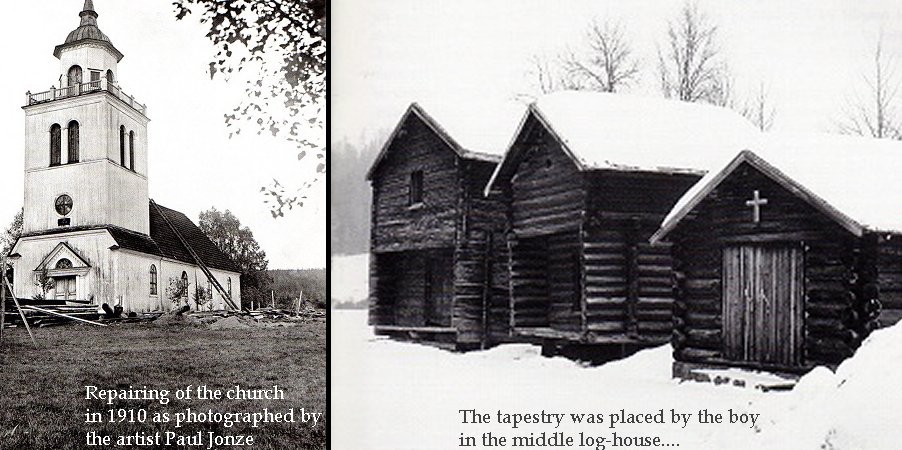Överhogdal Tapestry: Amazingly Well-Preserved Ancient Textiles With Norse And Christian Motifs
A. Sutherland - AncientPages.com - The Överhogdal Tapestry (in Swedish: Överhogdalstapeten) represents a group of amazingly well-preserved and the most complete ancient textiles found in Europe.
This imaginative creation with strong colors and distinctive shapes was created by an unknown artist. The tapestry was accidentally found by a fourteen-year-old boy helping in the sacristy of the local church at Överhogdal, a small town south of Östersund, Sweden in 1909.
Unaware of what he really found, the boy put the dirty bundle in the church's log house. Next year, the textiles were finally brought by the artist Paul Jonze to Östersund.
The fascinating Överhogdal tapestry composed of five assembled lengths was cleaned, repaired provisionally, and for the first after many centuries, they revealed their beauty.
The artwork covers two-square-meter textiles and depicts stylized animals, dark blue and red horses, birds, and people. There is also a ship, a tree, and mysterious inscriptions, perhaps made in runic script, according to one of the earliest interpretations of the artwork.
The large animal and smaller human figures seem to rush by a tree, which could be the mighty ash Yggdrasil, a massive tree central to nine worlds in Norse mythology. Some scholars have suggested that what is shown is the Christianization of the region Härjedalen.
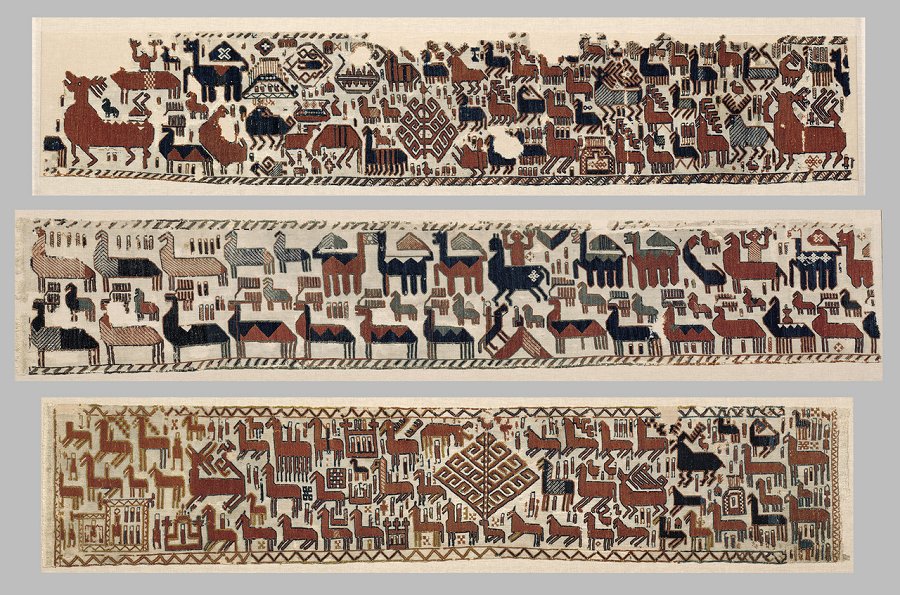 Överhogdal tapestries found 1909 in Överhogdal, Sweden. Public Domain
Överhogdal tapestries found 1909 in Överhogdal, Sweden. Public Domain
However, today the dominant theory, given the radiocarbon dating of the tapestries, is that the tapestry depicts the Ragnarok, the downfall of the world - a series of events foretold to occur in Norse mythology.
Research has established that the figures are made of plant dyed wool, which is interwoven with the linen with a special technique.
At first, it was believed these wool tapestries were woven in the days of the Vikings, between 800 AD and 1000 AD, as radiocarbon dating suggested in 1991.
Left: In 1910, the artist Paul Jonze visited Överhogdal and found the Överhogdal tapestry in a neighborhood near the church. Jonze took the picture of the church where the repair was going on at the time. Right: The tapestry was placed by the boy in the middle log-house. Image source
However, the preliminary dating of the textiles was updated in 2005 and it turned out that the tapestries date back to the period between paganism and Christianity in the Nordic countries around the year 1000-1100, in other words, the end of the Viking Age and the beginning of the Middle Ages. It means the textiles were created between 1040 and 1170 AD.
Are Motifs Taken From The Book Of Revelation Or Ragnarok Foretold In Norse Myths?
Different theories suggest that the Överhogdal tapestries depict imagery of both Norse and Christian origin.
The contents of the pictures have been much debated; some characters are related to paganism, clearly featuring the appearance of Odin's horse Sleipnir, while other pictures represent Christian imagery. The four surviving sections of the tapestries have 323 figures of people and 146 and 3 partial animals, all generally moving in the left direction.
Viking ship – motif from Overhogdal Tapestry. Image credit: Jämtlands läns Museum, Jamtli
People, horses, and various types of fairy-tale animals appear to be heading towards something and passing houses, churches, ships, and trees. One of these trees could be Yggdrasil.
Some scholars have suggested that what is shown is the Christianization of the region Härjedalen. It has been proposed that some of the motives are taken from the Book of Revelation.
Today the dominant theory is that the tapestry depicts Ragnarok (Ragnarök), a series of events foretold to occur in Norse myths and legends. Ragnarok is described in Völuspá, Völva's prophecy and many similarities between Völuspá and the motives on the tapestry have been found by researchers.
Research has established that the figures are made of plant dyed wool, which is interwoven with the linen with a special technique.
Today, the Överhogdal tapestries are stored at Jamtli Museum in Östersund, where a special room has been furnished for them. The storage conditions are the very best, and the room's architecture creates a Viking Age atmosphere.
Written by – A. Sutherland - AncientPages.com Senior Staff Writer
Copyright © AncientPages.com All rights reserved. This material may not be published, broadcast, rewritten or redistributed in whole or part without the express written permission of AncientPages.com
Expand for referencesReferences:
Nordanskog G. Föreställd Hedendom
Oscarsson, Ulla. Överhogdalsbonaderna
Karlin, Georg. Över-Hogdals tapeten
Sylwan, V. Om brickband : ett bidrag till Överhogdals- och Skogstapeternas teknik historia
More From Ancient Pages
-
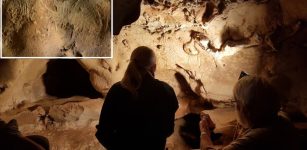 Neanderthal Cave Engravings Identified As Oldest Known, More Than 57,000 Years Old
Archaeology | Jun 22, 2023
Neanderthal Cave Engravings Identified As Oldest Known, More Than 57,000 Years Old
Archaeology | Jun 22, 2023 -
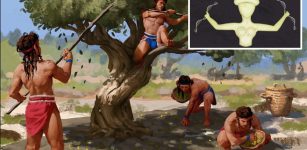 Ancient DNA Reveals “Completely Unexpected” Marriage Rules In Minoan Crete
Archaeology | Jan 16, 2023
Ancient DNA Reveals “Completely Unexpected” Marriage Rules In Minoan Crete
Archaeology | Jan 16, 2023 -
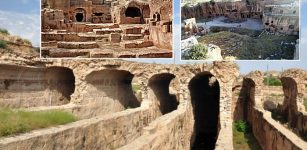 Focus On Unique And Spectacular Gallery Grave In Ancient City Of Dara, Mardin
News | Aug 24, 2020
Focus On Unique And Spectacular Gallery Grave In Ancient City Of Dara, Mardin
News | Aug 24, 2020 -
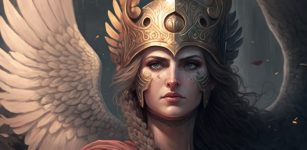 Troublemaker Eris: Greek Deity That Ignited Hatred Among All
Featured Stories | Apr 11, 2024
Troublemaker Eris: Greek Deity That Ignited Hatred Among All
Featured Stories | Apr 11, 2024 -
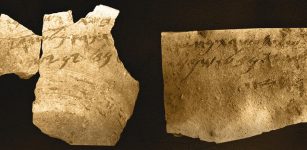 Two Scribes Penned 8th Century ‘Samaria Ostraca’ Inscriptions Unearthed In Samaria
Archaeology | Jan 23, 2020
Two Scribes Penned 8th Century ‘Samaria Ostraca’ Inscriptions Unearthed In Samaria
Archaeology | Jan 23, 2020 -
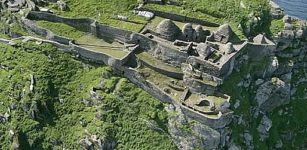 Magnificent Skellig Michael And A 1,400-Year Old Christian Monastery
Featured Stories | Feb 8, 2016
Magnificent Skellig Michael And A 1,400-Year Old Christian Monastery
Featured Stories | Feb 8, 2016 -
 Magnificent Trumpington Cross And Highly Unusual Anglo-Saxon ‘Bed Burial’ In Cambridge Offer Unique Insight Into English Christianity
Archaeology | Feb 22, 2018
Magnificent Trumpington Cross And Highly Unusual Anglo-Saxon ‘Bed Burial’ In Cambridge Offer Unique Insight Into English Christianity
Archaeology | Feb 22, 2018 -
 Rapa Nui’s Population: Growth And Decline – Lesson For Our Future?
News | Sep 4, 2020
Rapa Nui’s Population: Growth And Decline – Lesson For Our Future?
News | Sep 4, 2020 -
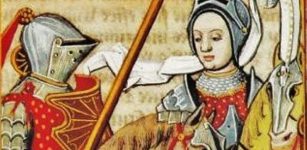 Jeanne de Clisson ‘Lioness Of Bretagne’: Her Black Painted Ships With Red Sails Terrorized English Channel
Featured Stories | Oct 4, 2019
Jeanne de Clisson ‘Lioness Of Bretagne’: Her Black Painted Ships With Red Sails Terrorized English Channel
Featured Stories | Oct 4, 2019 -
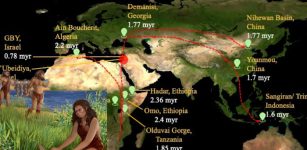 Prehistoric Humans Cooked 780,000 Years Ago – Oldest Evidence Of Controlled Fire Discovered
Archaeology | Nov 15, 2022
Prehistoric Humans Cooked 780,000 Years Ago – Oldest Evidence Of Controlled Fire Discovered
Archaeology | Nov 15, 2022 -
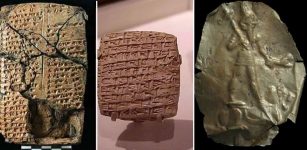 Kültepe: Once Part Of The Kingdom Of Hittites And The Center of a complex network of Assyrian trade colonies in the 2nd millennium B.C.
Civilizations | Oct 16, 2015
Kültepe: Once Part Of The Kingdom Of Hittites And The Center of a complex network of Assyrian trade colonies in the 2nd millennium B.C.
Civilizations | Oct 16, 2015 -
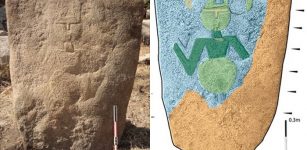 Unique Balchiria Stelae Engraved With A Goat-Like Figure Found On Corsica Is A Puzzle
Featured Stories | Feb 3, 2020
Unique Balchiria Stelae Engraved With A Goat-Like Figure Found On Corsica Is A Puzzle
Featured Stories | Feb 3, 2020 -
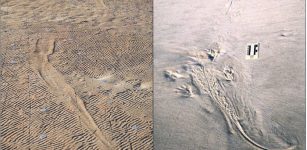 Ancient Giant Amphibians Swam Like Crocodiles 250 Million Years Ago – New Study
Archaeology | Mar 31, 2023
Ancient Giant Amphibians Swam Like Crocodiles 250 Million Years Ago – New Study
Archaeology | Mar 31, 2023 -
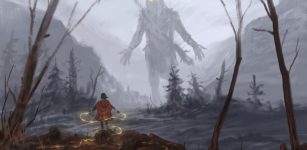 Okanagan Indians’ Myth Of A Lost Island Paradise Inhabited By White Giants – Are Their Descendants Living In British Columbia?
Featured Stories | Dec 29, 2020
Okanagan Indians’ Myth Of A Lost Island Paradise Inhabited By White Giants – Are Their Descendants Living In British Columbia?
Featured Stories | Dec 29, 2020 -
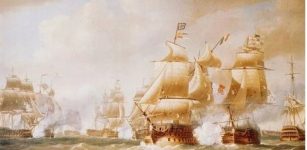 On This Day In History: Battle Of San Domingo Was Fought – On February 6, 1806
News | Feb 6, 2017
On This Day In History: Battle Of San Domingo Was Fought – On February 6, 1806
News | Feb 6, 2017 -
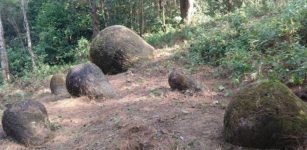 Mysterious Ancient Giant Jars Made By An Unknown Civilization Discovered In India
Archaeology | Mar 30, 2022
Mysterious Ancient Giant Jars Made By An Unknown Civilization Discovered In India
Archaeology | Mar 30, 2022 -
 History Of Jarlshof – Thousands Of Years Of History With Traces Of Picts, Vikings And Scots
Featured Stories | Jun 4, 2020
History Of Jarlshof – Thousands Of Years Of History With Traces Of Picts, Vikings And Scots
Featured Stories | Jun 4, 2020 -
 How Many Ice Ages Has The Earth Had, And Could Humans Live Through One?
Featured Stories | Sep 26, 2022
How Many Ice Ages Has The Earth Had, And Could Humans Live Through One?
Featured Stories | Sep 26, 2022 -
 Why Are There No Unicorn Fossils In A Museum?
Archaeology | Mar 17, 2023
Why Are There No Unicorn Fossils In A Museum?
Archaeology | Mar 17, 2023 -
 Ancient Wooden Sculpture Unearthed In Peru’s Chan Chan
Archaeology | Jul 12, 2022
Ancient Wooden Sculpture Unearthed In Peru’s Chan Chan
Archaeology | Jul 12, 2022

